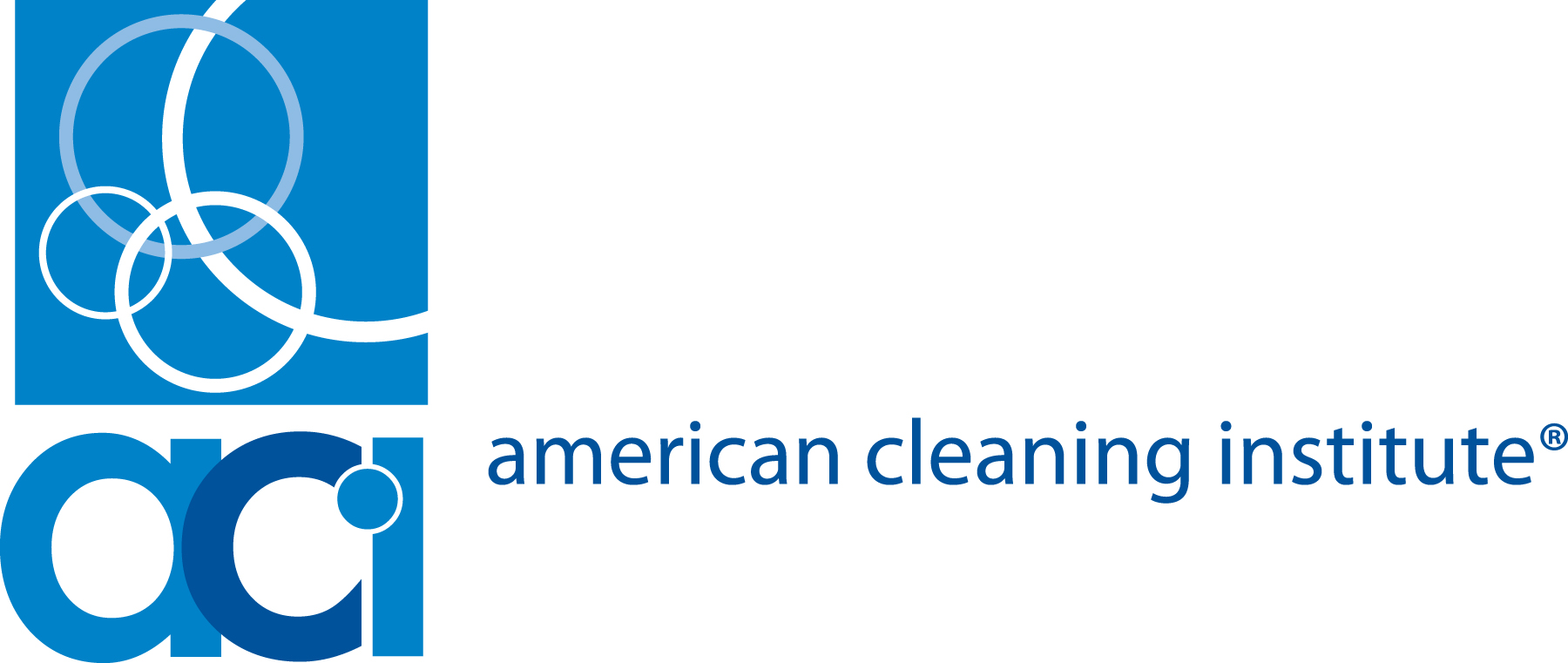FOR IMMEDIATE RELEASEContact: Brian Sansoni, 202-662-2517 (office) / 202-680-9327 (mobile) or via email at [email protected]
Newswise — Washington, DC, July 28, 2014 – A comprehensive review of five decades’ worth of research shows that high volume use of major detergent ingredients have had no adverse environmental impacts to waterways and river sediments, according to a paper co-authored by the American Cleaning Institute (www.cleaninginstitute.org).
The review article was published in the peer-reviewed journal Critical Reviews in Environmental Science and Technology (Volume 44, Issue 17, 2014).
The paper highlights over five decades of surfactant research and stewardship activities undertaken by ACI and its members companies, and brings together a wide array of research from government, academic and other sources.
Surfactants are the key workhorse ingredients in many detergents and cleaning products. Over the past 50 years, ACI and its members have spent at least $30 million on the assessment and reporting of the environmental safety of the major surfactants.
The article, “Environmental Safety of the Use of Major Surfactant Classes in North America,” brings together over 250 published and unpublished studies on the environmental properties, fate, and toxicity of the four major, high-volume surfactant classes and relevant feedstocks: alcohol sulfate (AS), alcohol ethoxysulfate (AES), linear alkylbenzene sulfonate (LAS), alcohol ethoxylate (AE), and long-chain alcohol (LCOH).
“These chemicals are used in a wide range of personal care and cleaning products. To date, this paper is the most comprehensive report on these substances’ chemical structures, use, and volume information,” said Kathleen Stanton, ACI Director of Technical & Regulatory Affairs and one of the paper’s co-authors.
“We looked at the surfactants’ physical and chemical properties, environmental fate properties such as biodegradation and sorption, monitoring studies through sewers, wastewater treatment plants and eventual release to the environment, aquatic and sediment toxicity, and bioaccumulation information.”
Though the surfactants studied are used in very high volumes and widely released to the aquatic environment, the review paper reports that prospective and retrospective risk assessments demonstrate that “they have no adverse impact on the aquatic or sediment environments.”
The paper also highlights the many years of research that the surfactant and cleaning products industry has supported – as part of their environmental sustainability commitment – “to improve environmental tools, approaches, and develop innovative methods appropriate to address environmental properties of personal care and cleaning product chemicals.”
Added Stanton: “The past and current data and risk assessments reported on in the review article demonstrate one of ACI’s key Principles of Sustainability: To only market products that have been shown to be safe for humans and the environment, through careful consideration of the potential health and environmental effects, exposures and releases that will be associated with their production, transportation, use and disposal.”
“Environmental Safety of the Use of Major Surfactant Classes in North America” is available for via open access at the following link: http://www.tandfonline.com/doi/abs/10.1080/10739149.2013.803777#.U9ALKa1OWAi
The paper’s authors include: Lead author Christina Cowan-Ellsberry (CE2 Consulting), Scott Belanger (Procter & Gamble), Philip Dorn (Shell Health Americas), Scott Dyer (Procter & Gamble), Drew McAvoy (University of Cincinnati), Hans Sanderson (Aarhus University), Donald Versteeg (Procter & Gamble), and Darci Ferrer and Kathleen Stanton (American Cleaning Institute).
More than 70 of the research articles cited in the “Environmental Safety” paper are available on ACI’s Science website, www.ACIscience.org.
###
The American Cleaning Institute® (ACI) is the Home of the U.S. Cleaning Products Industry® and represents the $30 billion U.S. cleaning products market. ACI members include the formulators of soaps, detergents, and general cleaning products used in household, commercial, industrial and institutional settings; companies that supply ingredients and finished packaging for these products; and oleochemical producers. ACI (www.cleaninginstitute.org) and its members are dedicated to improving health and the quality of life through sustainable cleaning products and practices.
Journal Link: Critical Reviews in Environmental Science and Technology, Volume 44, Issue 17, 2014
